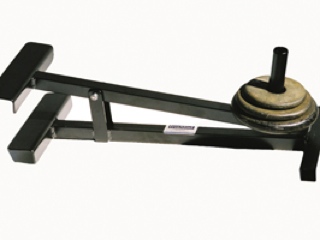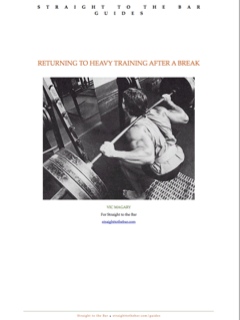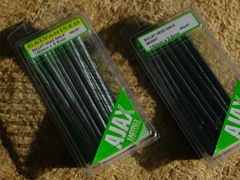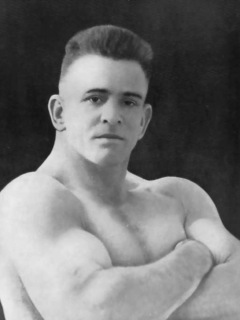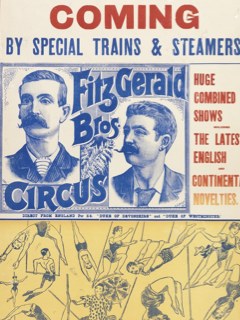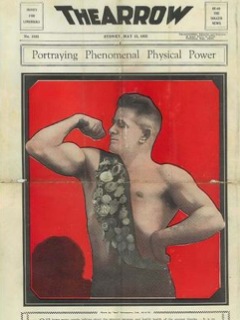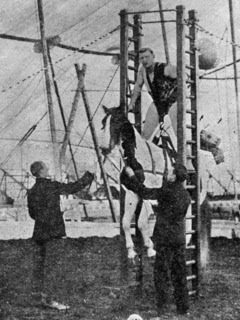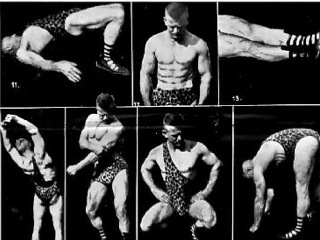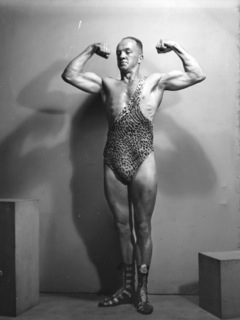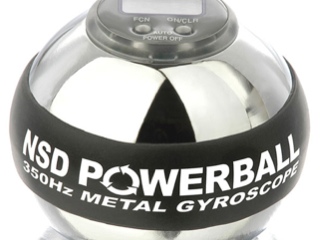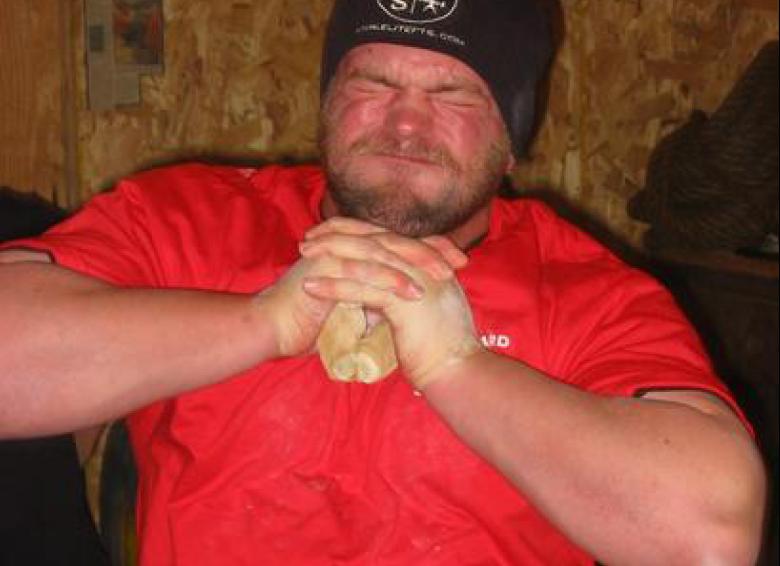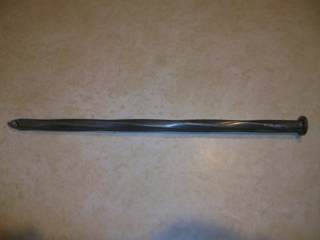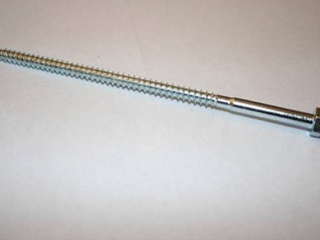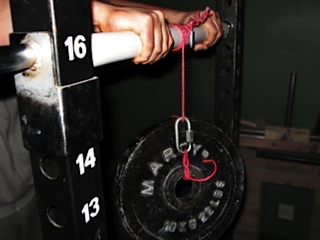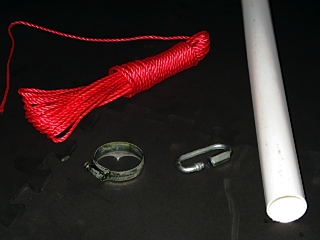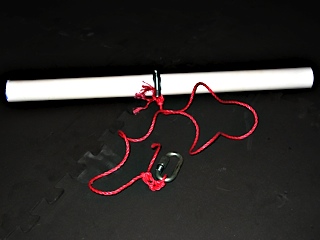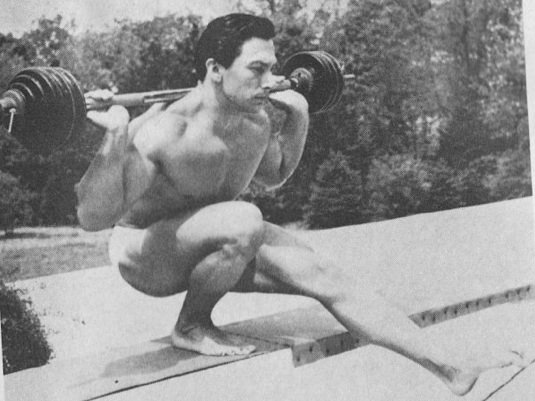To put on muscle and see progress at the gym you're going to need to put some weight on the bar. But what are bumper plates?
Bumper plates are a type of weight plate designed for Olympic style lifts and CrossFit movements. They are made out of dense rubber and therefore won't crack when dropped from a hip height or above, unlike standard iron plates. They usually use specific colors for each weight and there is a metal "hub" or insert" in the centre, which is about 2" in diameter so they fit perfectly on Olympic barbells.
I've used many different types of bumper plates over the years and compared dozens of variations. It really helps to build a complete home gym. So I'll show you what to look for when using a bumper plate and help you decide if they are worth it for you.
What is the point of bumper plates?
The reason for bumper plates is that they are made to be dropped. Because they are made from rubber they will not crack like iron plates. Bumpers were specifically designed for Olympic weightlifters and most CrossFit movements will need to use bumper plates instead of iron plates.
They are perfect for any movement where you drop the barbell from above the head, such as:
- Clean and snatch
Thrusters
Overhead squat
There are tons of companies that make bumper plates now, largely thanks to the increase in popularity in CrossFit.
It's even possible to make your own bumper plates.
But you're probably wondering...
What's the difference between bumper plates and weight plates?
Standard weight plates are made from iron. They can have a rubber or urethane coating to help protect the plate. However, they still shouldn't be dropped from above the knee as they can easily crack. Whereas bumper plates are made from dense rubber or urethane. They also use the same diameter for each weight plate, which evens the load on the plates so they can be dropped without breaking. Typically standard weight plates are cheaper.
Typically standard weight plates are cheaper.
However, thanks to the increasing production of bumper plates, it is possible to pick up some bargains.
Standard iron plates also often have handles (holes in the plates) to make them easier to carry.
Bumper plates do not have handles but do have a "lip" on the edge of the plates making them easier to pick up off the floor.
As iron is heavier than rubber, standard iron plates are often thinner. This allows you to fit more weight on a bar than bumper plates. This is the reason that many elite powerlifters will use iron plates. And you don't need to drop the bar from squats, bench press or deadlifts.
But there are also different types of bumper plates...
Types of bumper plates
You can buy "standard" (not the official term) or "competition" bumper plates.Let me show you the main differences between the two...

Competition
The most notable difference in competition plates is the "steel hub" in the middle. This typically is a better fit than the smaller steel insert in standard bumpers. This hub is less likely to get damaged or dislodged over time from dropping the bar.
Competition bumper plates are very accurate. Often to within grams of the stated weight. Whereas a standard bumper plate can be up to 10% off the sated weight, especially if you buy a cheap brand.
Competition bumpers also use the IWF color coding for each weight (see the features section below for more on this).
Standard
These are the most common types of bumper plates you will find.
They do not have the big steel hub in the middle but use a much smaller metal insert. Good quality standard bumper plates will fit this in well. But you can find the insert gets damaged or moves after time from some cheaper brands.
Many standard bumpers are black, however, more and more color options are coming onto the market.
Features of bumper plates: What to look for
There is surprisingly a lot to look for when choosing bumper plates as you can see in the image below...

But here are the main 4 features to look for to ensure you are getting a good quality bumper plate...
Type of rubber
The main types of rubber used are:
- Rubber crumb/ recycled rubber (or high temp)
Virgin rubber
Urethane
Recycled rubber is usually made from shredded car tyres. Some people love these as they are super durable and "bouncy". However, they often come with a very strong smell (as in so strong you may feel sick) and are much thicker than virgin rubber or urethane.
Virgin rubber bumper plates are what we would recommend for most people. It is "fresh rubber" as in no glues, polymers or bonding agents have been added. It means the rubber is denser than high temp bumpers so you can fit more weight on the bar. It doesn't smell and it won't bounce up at you when you drop the bar.
Urethane bumper plates are the thinnest bumper plates you can buy and usually more expensive. Urethane is denser than the other rubber used to make bumpers, so there is less bounce. It does mean they are a bit louder when they are dropped than other rubber. It is also a bit shinier than virgin rubber so these bumper plates will be very bright.
Bounce/ durometer rating
The Shore Durometer rating was invented by Albert Ferdinand Shore. It measures how hard the rubber is out of 100. The higher the number the harder the bumper plates are. This means there will be less bounce and are typically more durable. It does also mean they make more noise when you drop them.
Typically I look for a durometer rating of 85 or above, otherwise they can be too bouncy, which can actually end up causing more damage to you or other equipment.
What diameter are bumper plates?
All bumper plates are 450mm (17.7") in diameter. The lighter plates such as 10-15 lbs can be slightly smaller in diameter depending on the brand you buy from. There are two main benefits of having this uniform diameter:
- Spreads the force of the impact across a larger surface area, meaning your bumpers or floor are less likely to get damaged
It helps with certain exercises having a larger and lighter weight, such as barbell hip thrusters.
Color coding
Many bumper plates use the IWF color coding:- Red = 55lb/25kg
Blue = 45lb/20kg
Yellow = 35lb/15kg
Green = 25lb/10kg
15lb/10lb = vary
There are a couple of benefits of using color:
- It looks cool
It helps to see how much weight you have on the bar quickly


